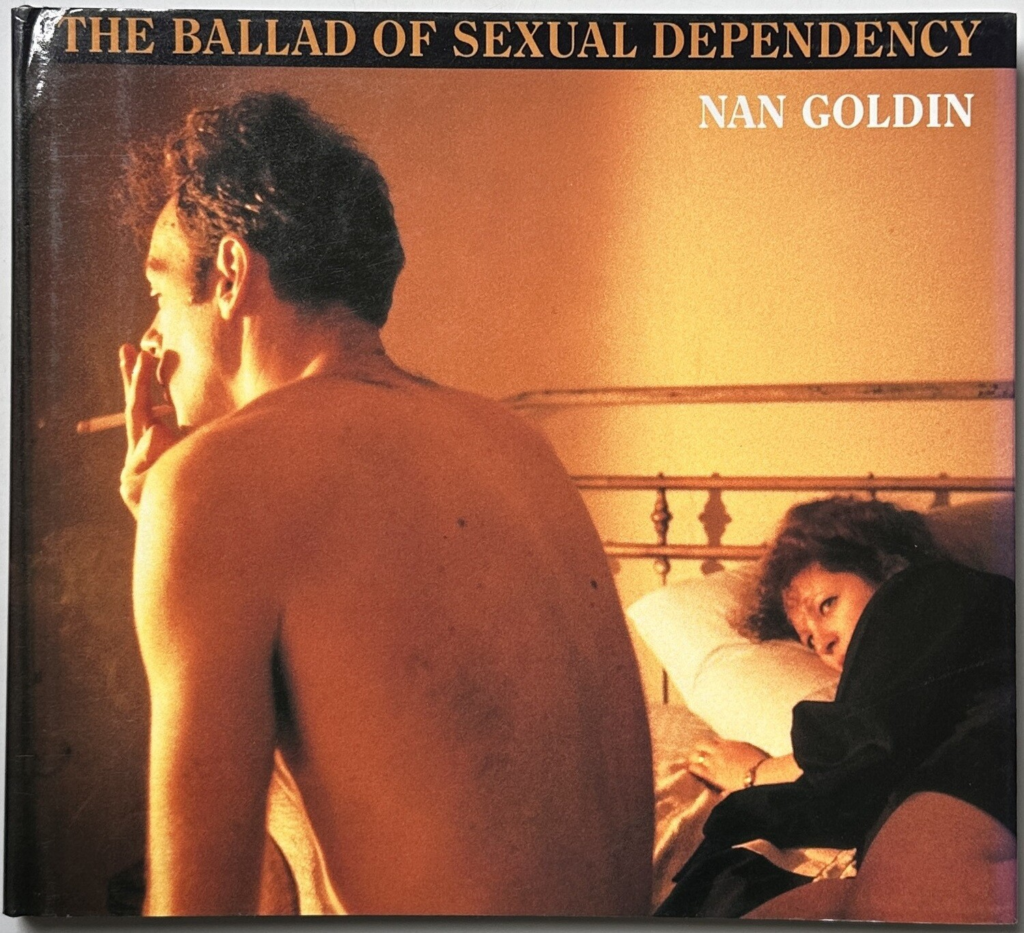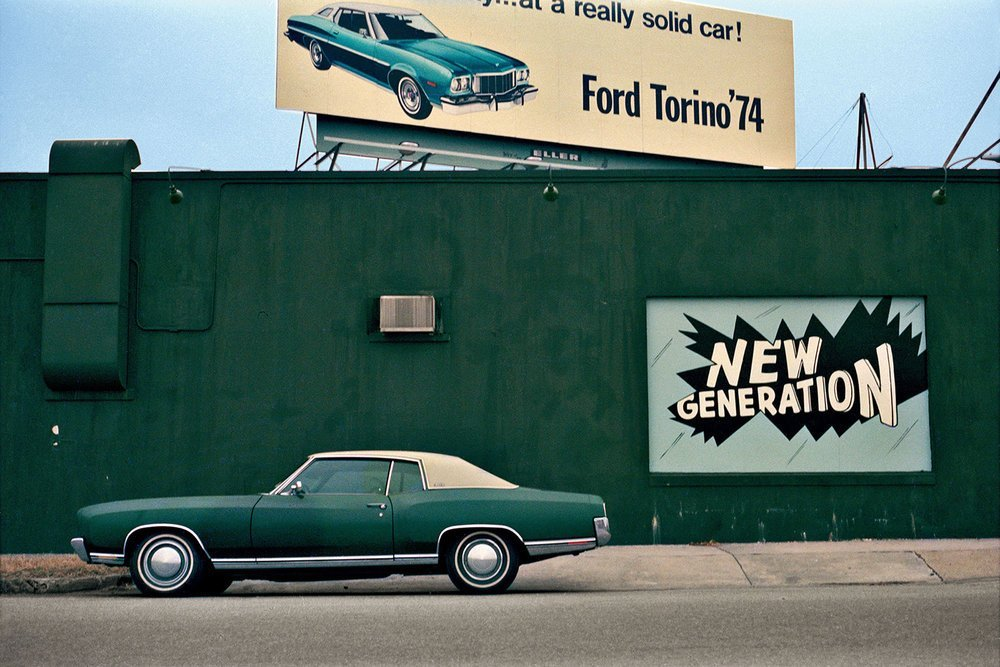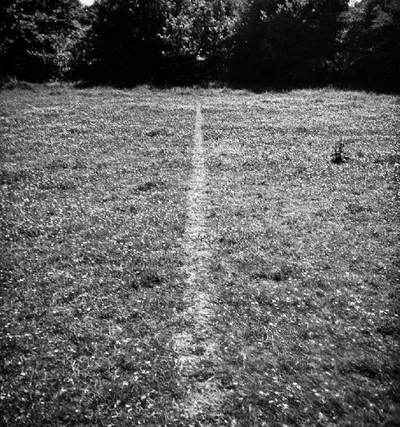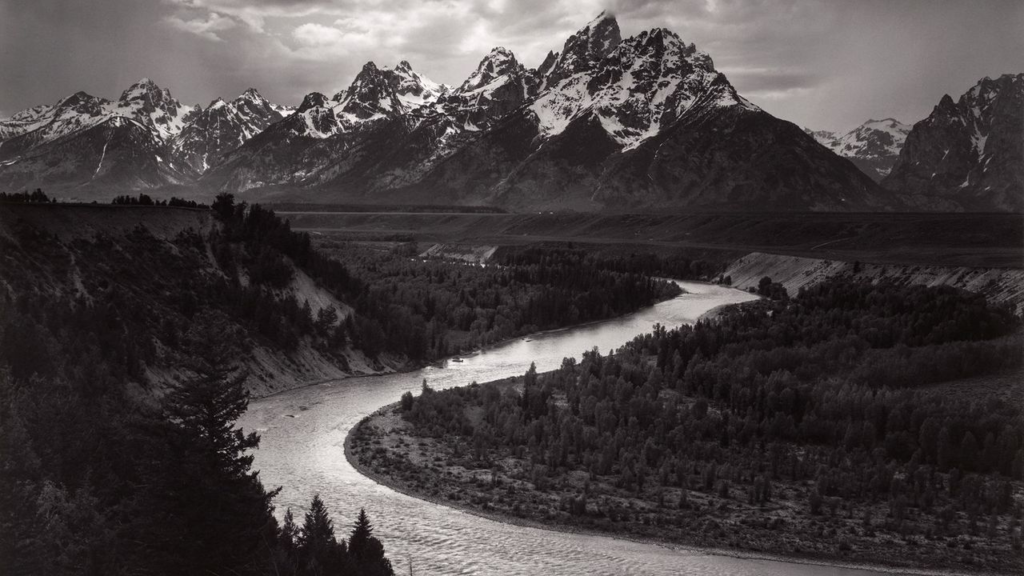
What is the difference between photographs that are mirrors and windows?
A mirror photograph reflects a portrait of the artist who made it. Its a “romantic expression of the photographers sensibility as it projects itself on the things and sights of the world”. Some words that are associated with mirror photographs are: subjective and naturalistic. In mirror images, the artist expresses themselves and focuses on exploring themselves as a person rather than the exterior world (as seen in windows).
On the other hand, window photography is where an artist explores the exterior world through photography in all its “presence and reality”. These images help those who are looking at it to understand the world further.
Szarkowski pointed out that most people and photographs will not fall perfectly into one of these sides but fall somewhere in between
Key words associated with mirrors and windows
MIRRORS: tableaux, subjective, romanticism, fiction, staged, personal, reflective, manipulated.
WINDOWS: documentary, objective, realism, candid, public, straight, optical, views.
Examples

A photographer who has produced both documentary (window) work and deeply personal work (mirror) is Nan Goldin. Goldin’s work is a reflection and document of her own life from the 1980s. The journey that is documented takes the viewer through key events in history but seen through the eyes of Goldin. The window part of her work has grown over years and now we can see the documentary side of the work and the extra historical meaning related to the work. However at the time when the work was being shown as slideshows within nightclubs in the 1980s, all people saw was the mirror at the photographs projecting Nan Goldin’s love and feelings towards the subjects. Goldin even named one of her exhibitions “I’ll be your mirror”, a retrospective of Goldin’s work to date held in 1996. Goldin has taken self portraits during an abusive relationship and of friends/ lovers, which is clear evidence of a mirror photograph.

The photography of the window has been taken to the extreme by photographers such as William Eggleston. Eggleston is a photographer that takes pictures of the world as he sees it, without any context or explanation. The pictures are deadpan and snapshots. Unlike Goldin, who took pictures for herself first and foremost. He photographs without a hierarchy within his photographs. There is not a part or subject of the picture that is more important than the other. There is no narrative to the works, Eggleston presses the shutter and moves on. The photographs form a straight document of the subject, almost scientific in nature.

Although this image appears to be a window image at first as it just looks like a photograph of the exterior world, as you look closer, you can see there is a line going down the centre of the image. This line could be from a football pitch or from grass that has been rundown due to people walking over it. In reality, the artist Richard Long purposefully created the line by walking on that piece of grass. Therefore, this image could be seen as a mirror image too as its a reflection of his art style.

This image is a window image as it appears the photographer has simply opened up his fridge and photographed it how it was (no manipulation made to the setup of the foods). Therefore, this is more of a documentative image, meaning the image is more of a window image rather than mirror.

This image is also a window image as it it exploring the exterior world with no manipulation to the setting. However, you could argue that there is a sense of mirror photography in this image as Ansel Adams (the photographer of this piece) chose to take this picture for some reason. This may suggest he has a personal reason for choosing this place therefore giving a bit of insight into him as a person.
